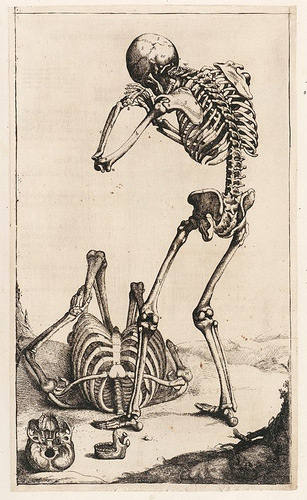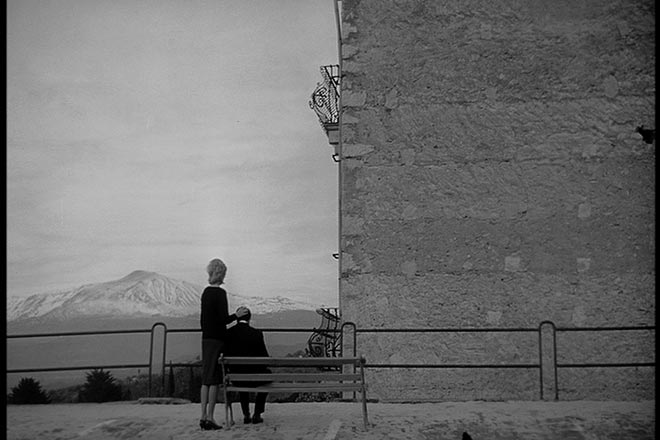‘I have hardly ever known a mathematician who was capable of reasoning.’ –Plato

The first letter I’m going to read—I’m not going to tell you who the recipient is until I finish the letter. It’s a letter from a father to a son.
“My dear son,”—this is an actual letter.
“I am appalled, even horrified, that you have adopted Classics as a major. As a matter of fact, I almost puked on the way home today. (…)
“I am a practical man, and for the life of me, I cannot possibly understand why you should wish to speak Greek. With whom will you communicate in Greek? I have read, in recent years, the deliberations of Plato and Aristotle, and was interested to learn that the old bastards had minds which worked very similarly to the way our minds work today. I was amazed they had so much time for deliberating and thinking, and was interested in the kind of civilization that would permit such useless deliberation. Then I got to thinking that it wasn’t so amazing after all, they thought like we did, because my Hereford cows today are very similar to those ten or twenty generations ago.
“I am amazed that you would adopt Plato and Aristotle as a vocation for several months, when it might make pleasant enjoyable reading for you in your leisure time as relaxation at a later date. For the life of me, I cannot understand why you should be vitally interested in informing yourself about the influence of the Classics on English literature. It is not necessary for you to know how to make a gun in order to know how to use it. It would seem to me that it would be enough to learn English literature without getting into what influence this or that ancient mythology might have had upon it. (…)
“I hope I am right. You are in the hands of Philistines, and dammit, I sent you there. I am sorry.
“Devotedly,
DAD.”
Quite a remarkable letter. The recipient of this letter was Ted Turner. And while I think Ted Turner’s father is right about most classicists and classics professors and universities, I don’t think he’s right about the classics. And I believe that it was the crypto-classicist in Turner—his exposure to the wisdom of Greece and the culture of Greece, and to those paradigms of thought and understanding and excellence, the vision that he was exposed to in his studies in the classics—that may have played some role in making him the visionary that he was. I like to believe that Ted Turner created CNN somehow out of his studies in the classics. Because, really, if you think about it, what he did was take the television set—which, at that point, was a kind of fishbowl that made the world smaller—and he really transformed it into a window on the world.
statue { Zeus, King of the Gods, God of the Sky, Thunder and Lightning, and Law, Order and Justice }





















